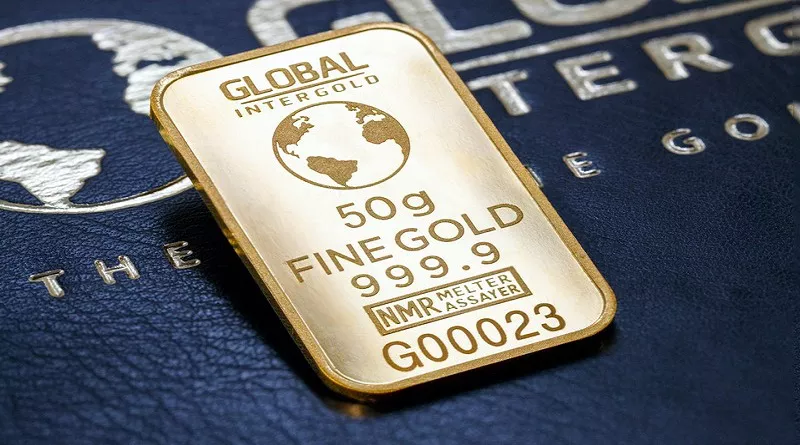In the realm of monetary policy and financial stability, central banks play a pivotal role in ensuring the stability of their respective economies. Among the arsenal of assets at their disposal, gold holds a unique and enduring allure. Despite the shift towards more complex financial instruments and digital currencies, central banks continue to maintain and even increase their gold reserves. This article delves into the reasons behind this strategic decision, exploring the historical context, economic rationale, and contemporary significance of central banks’ gold purchases.
Historical Context: Gold as a Store of Value
The affinity between central banks and gold dates back centuries, tracing its roots to the emergence of gold as a universal medium of exchange. Throughout history, gold has maintained its value across civilizations, serving as a reliable store of wealth in times of uncertainty. The durability, divisibility, and intrinsic value of gold have endowed it with a timeless appeal, transcending geopolitical boundaries and economic upheavals.
During the gold standard era, which prevailed until the mid-20th century, currencies were directly pegged to gold, anchoring monetary systems and instilling confidence in the stability of national economies. Central banks held substantial gold reserves to back their currencies, ensuring convertibility and mitigating the risk of currency devaluation. The prominence of gold in international finance during this period underscored its significance as a cornerstone of monetary stability.
Economic Rationale: Diversification and Risk Management
In the modern era of fiat currencies and floating exchange rates, the role of gold has evolved, yet its fundamental appeal as a safe haven asset remains intact. Central banks, entrusted with safeguarding the stability of their nations’ financial systems, view gold as a crucial component of their reserve assets. The diversification benefits offered by gold are particularly salient in a world characterized by economic volatility and geopolitical uncertainty.
Gold’s inverse correlation with traditional financial assets, such as stocks and bonds, enhances its appeal as a portfolio diversifier. During periods of market turmoil or currency depreciation, gold tends to exhibit resilience, serving as a hedge against systemic risks and preserving purchasing power. Central banks strategically allocate a portion of their reserves to gold to mitigate the impact of adverse shocks and maintain financial stability.
Furthermore, gold is a tangible asset with intrinsic value, immune to the risks associated with counterparty default or technological disruption. Unlike paper currencies or digital equivalents, which rely on the credibility of issuing authorities, gold derives its worth from its scarcity and enduring demand. Central banks prioritize the preservation of capital and liquidity, making gold an attractive addition to their reserve portfolios.
Geopolitical Considerations: Sovereign Autonomy and Global Influence
Beyond its economic attributes, gold carries geopolitical significance, shaping the dynamics of international relations and strategic interests. Central banks, as custodians of national sovereignty, view gold as a symbol of financial independence and resilience. Accumulating gold reserves enhances a country’s ability to withstand external pressures and assert its economic sovereignty in the global arena.
Moreover, gold reserves bolster central banks’ credibility and influence in international financial markets. As holders of significant gold reserves, central banks wield leverage in shaping monetary policies, exchange rate regimes, and global financial architecture. The strategic accumulation of gold can serve as a signal of confidence in a country’s economic fundamentals, bolstering investor sentiment and enhancing its standing in the global economy.
Market Signals and Confidence Building
Central banks’ gold purchases also carry symbolic significance, signaling confidence in the enduring value of gold as a monetary asset. In an era characterized by financial innovation and digital disruption, the timeless allure of gold as a store of value resonates with investors and market participants. Central banks’ continued accumulation of gold reinforces its status as a trusted asset class, instilling confidence in its role as a hedge against systemic risks and currency debasement.
Furthermore, central banks’ gold purchases can influence market sentiment and price dynamics, providing support for gold prices during periods of heightened volatility or uncertainty. The transparency and visibility of central banks’ gold holdings serve as a benchmark for market participants, shaping perceptions of gold’s value and investment appeal. By publicly disclosing their gold reserves and purchasing activities, central banks contribute to market stability and foster confidence in the broader financial system.
Conclusion
In conclusion, the strategic rationale behind central banks’ gold purchases encompasses a blend of historical precedent, economic prudence, and geopolitical strategy. Gold’s intrinsic qualities as a store of value, portfolio diversifier, and symbol of national sovereignty continue to underpin its relevance in the modern financial landscape. Central banks’ ongoing accumulation of gold reserves reflects a strategic commitment to preserving financial stability, enhancing sovereign autonomy, and fostering confidence in the global monetary system.
While the composition of central banks’ reserve portfolios may evolve in response to changing market dynamics and technological innovations, gold’s timeless allure as the ultimate safe haven asset endures. As central banks navigate the complexities of an uncertain world, gold remains a steadfast anchor, embodying the enduring principles of stability, trust, and resilience. In an era of unprecedented challenges and transformative change, the age-old adage “all that glitters is gold” resonates more than ever as a testament to the enduring appeal of this precious metal in the annals of monetary history.

